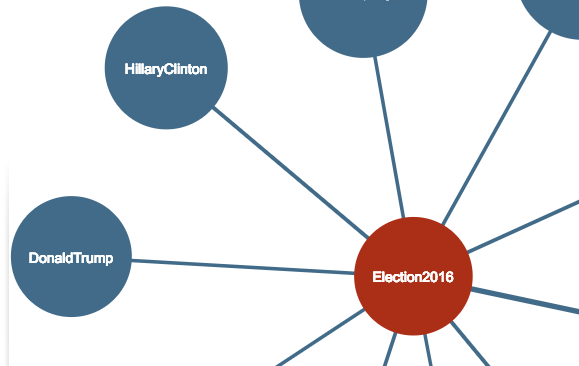
This news story used scraping to gather data on noise complaints
I’d wondered for a while why no-one who had talked about scraping at conferences had actually demonstrated the procedure. It seemed to me to be one of the most sought-after skills for any investigative journalist.
Then I tried to do so myself in an impromptu session at the first Data Journalism Conference in Birmingham (#DJUK16) and found out why: it’s not as easy as it’s supposed to look.
To anyone new to data journalism, a scraper is as close to magic as you get with a spreadsheet and no wand. Continue reading





